This essay was published first by New Lines Magazine on January 1, 2024.اضافة اعلان
As
has become a tradition in our magazine, we wanted to usher in the new year with
a list of the best books our editors read in 2023. These are not necessarily
books published that year — the idea is to pick reads that were especially
meaningful or delightful.
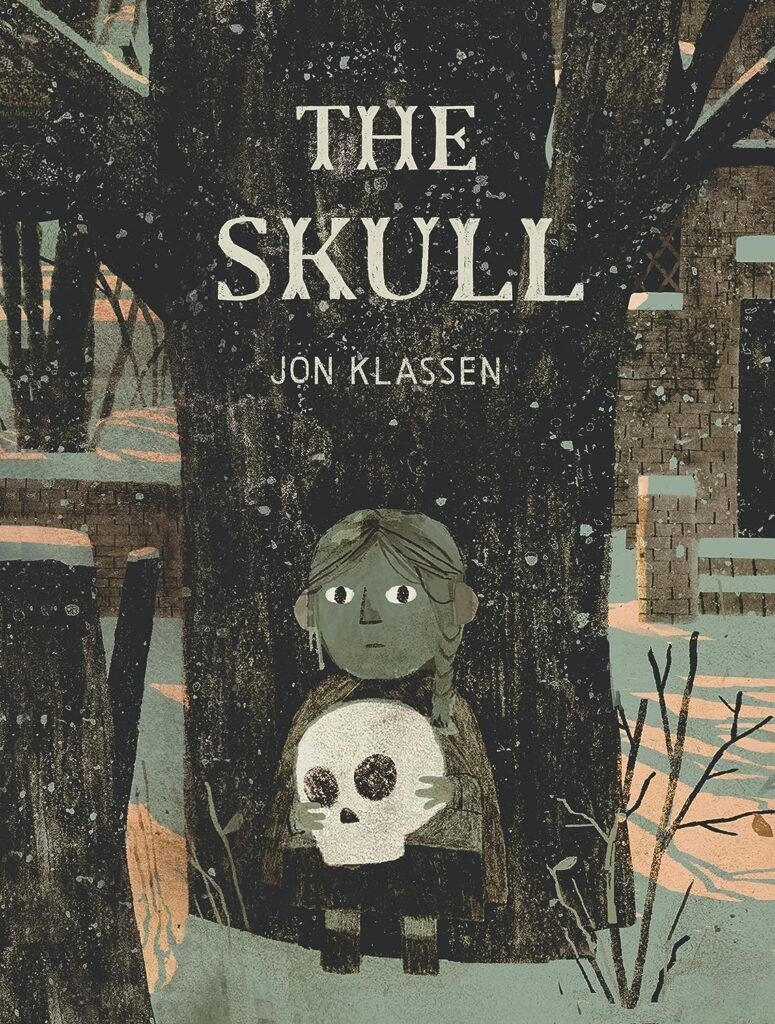 The Skull: A Tyrolean Folktaleby Jon Klassen
The Skull: A Tyrolean Folktaleby Jon Klassen
Jos Betts, Senior Editor
A
girl runs away from something unnamed through the forest and is taken in by a
disembodied skull, whose castle contains another nocturnal pursuer that the
girl will have to face. The first time I read this with my daughter I was
surprised by its simplicity, but, like the best folk tales, it has lingered,
unfolding the idea that having someone to save can tame your fear.
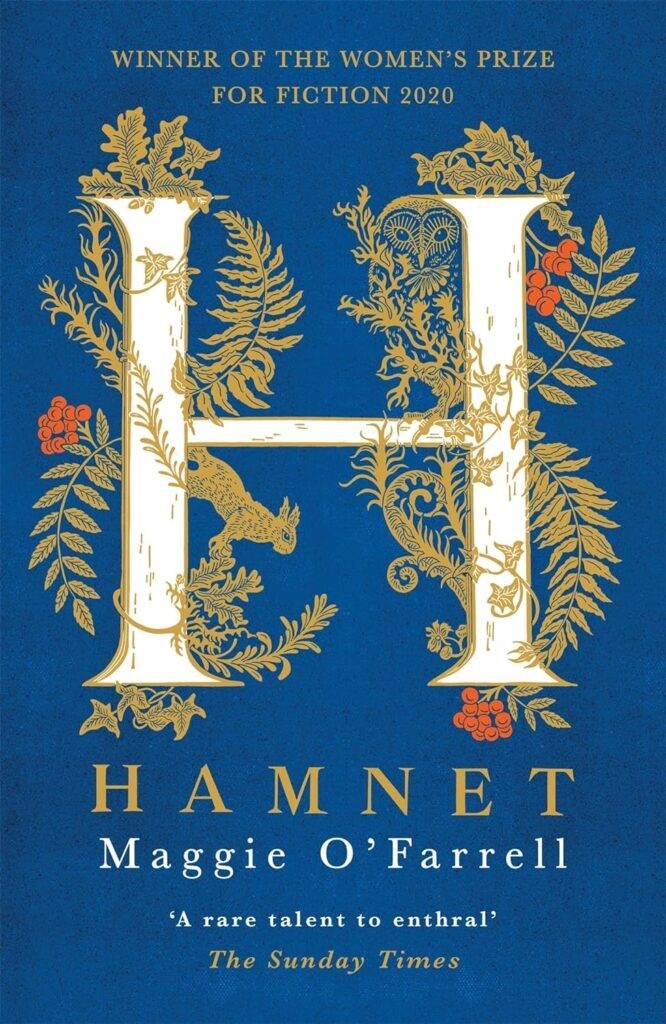 Hamnetby Maggie O’Farrel
Hamnetby Maggie O’Farrel
Erin Clare Brown, North Africa
Editor
This
year, I read — or rather listened to — dozens of books by women and about
women. It wasn’t out of some feminist impulse, but I spent half of the year on
my own with my young daughter, and stories of the internal lives of women felt
particularly close to me. Of the many I read, Maggie O’Farrell’s “Hamnet” was
an easy favorite.
Set
in 1596, during one of the many waves of the plague in England, the book
explores the life of a mysterious, warm, and powerful woman named Agnes, along
with her three children and her husband — a glovemaker’s son and Latin tutor
who goes on to perform in and write plays. (He is the only character whose
first name is never said or written in the novel, but we all know it is William
— William Shakespeare.) When their young son dies of the plague, aged 11, it
rends the family apart, and the novel is a gorgeous portrait of grief and
longing and the chasms that open in marriages and love when loss arrives.
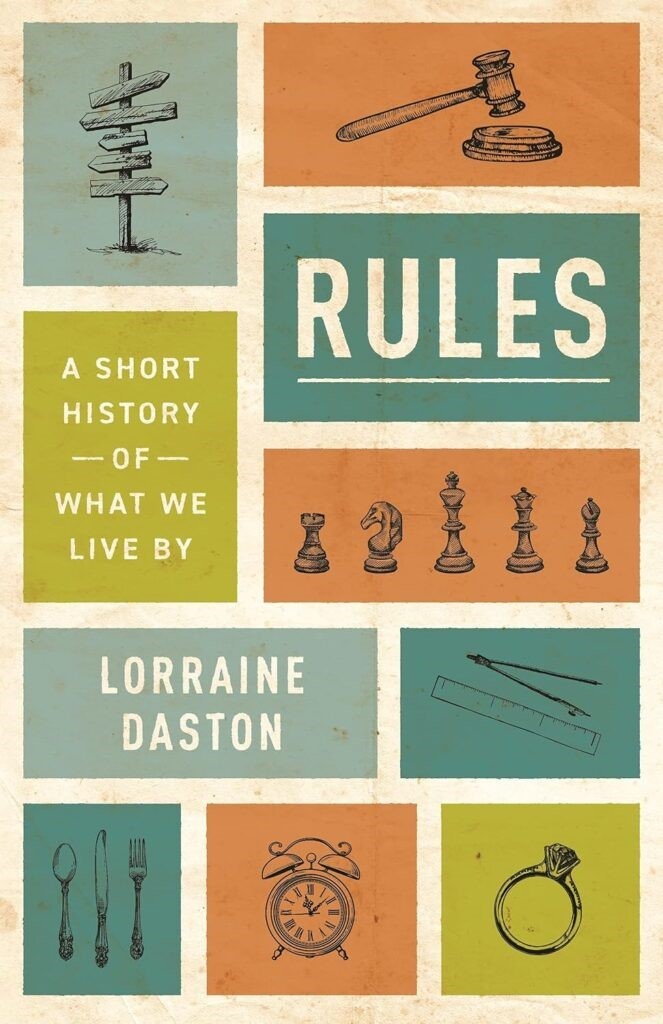 Rules: A Short History of What We Live By
Rules: A Short History of What We Live By
by Lorraine Daston
Rasha Elass, Editorial Director
We
all grow up with rules and we internalize most of them until they become part
of our unconscious. Even animals have rules, especially those that live within
a tight social order, like wolves and primates. From an early age, they learn
not to mess with the alphas and how to engage with their equals in reciprocal
social behavior; rules, and “culture” that become an animal’s nature.
This
may not be too different from us humans. We find ourselves raised in a society
where the rules were written, synthesized, codified, and enforced for
generations before we were even born. But unlike other species in the animal
kingdom, not only are we fully capable of questioning the rules, we can
deconstruct and trace them back to their origins, which, as we know, can be an
unsavory place.
This
is why I enjoyed reading Lorraine Daston’s book, “Rules: A Short History of What
We Live By,” which takes a deep dive into the algorithms, laws, and models that
we’ve constructed for ourselves over millennia, and forgotten how we did so. In
the process, this book illuminates the constrictions that we’ve invented and
put in place for ourselves and, by understanding those, the potential for
freeing humanity from its limited mind.
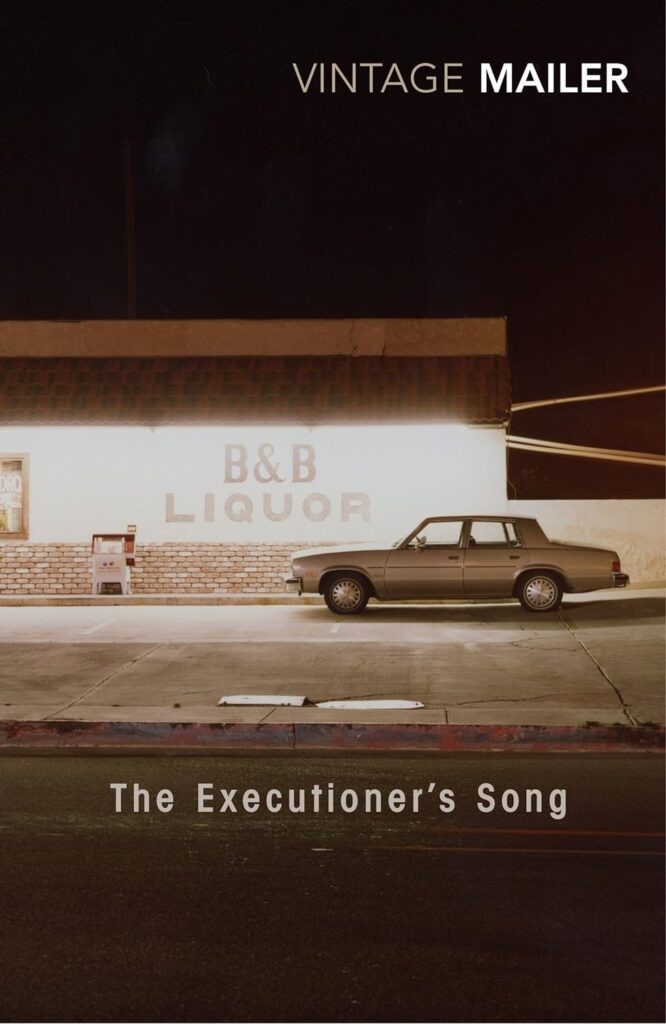 The Executioner’s Songby Norman
Mailer
The Executioner’s Songby Norman
Mailer
Tam Hussein, Associate Editor
You
either love Norman Mailer’s writing or you hate it. When he wrote “The Fight,”
about Muhammad Ali and George Foreman’s “Rumble in the Jungle” in Kinshasa in
1974, it was marred by his presence in the book. Writing about himself in the
third person felt pompous. But when he writes like he does in “The
Executioner’s Song,” you love him. The book is a voluminous tome; a hybrid of
sorts — part crime novel and part journalism — which, despite its size, is
always a page-turner. The story is a dissection of the twisted Gary Gilmore, an
unsympathetic ex-con, who commits senseless murders. He only redeems himself by
finding a sort of peace in wanting to be executed and coming to terms with his
extinction — something few of us do. It is a profound rumination in this
regard.
But
more than that, “The Executioner’s Song” is an argument for really good
investigative journalism. Mailer interviews countless family members and
associates to paint a deep picture of Gilmore. Sometimes you indeed feel it
could do with an edit, but the picture is so vivid you forgive it.
As
an investigator, you can’t but admire the amount of legwork that Mailer had to
put in. Remember those were the days when open-source investigations (OSINT)
were not even a thing. When you read the book, it is a reminder that profound
stories like these come about from human contact, rummaging through archives,
and visiting the scene, and not from using open-source tools in the bedroom.
Good journalism depends on engaging with the wider world. Mailer brings to life
society, court records, lawyers, girlfriends, employers, and others so well
that he teaches you something about the dark and indeed the light heart of
Americana.
No wonder the book won the Pulitzer.
Journalists, investigators, and students should revisit this book.
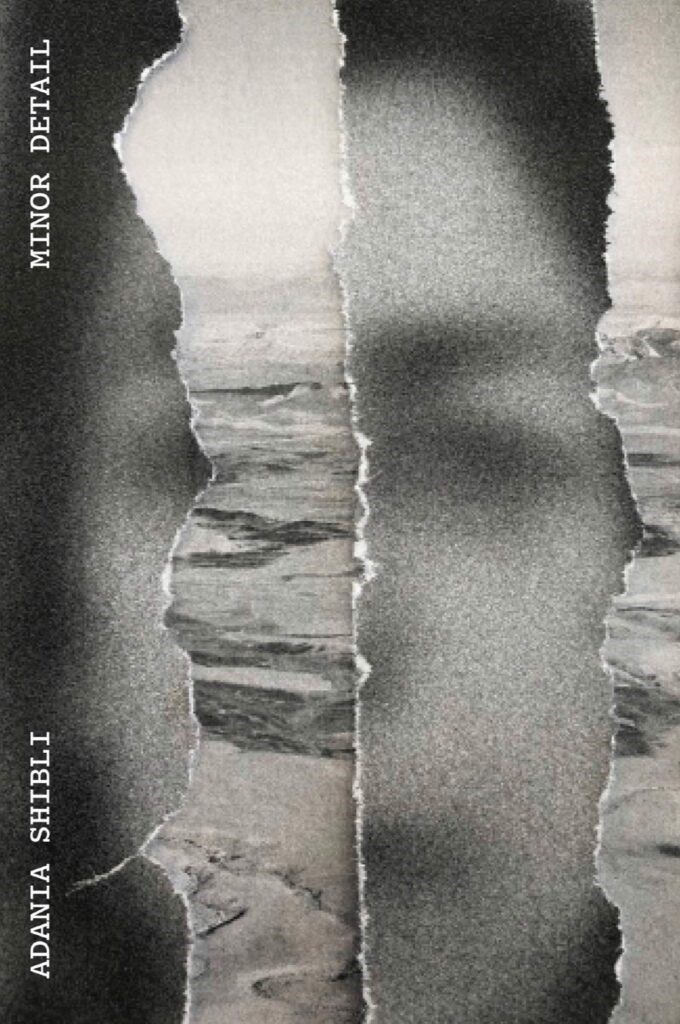 Minor Detail
Minor Detail
by Adania Shibli
Christin El-Kholy, Multimedia
Producer
One
of the most impactful reads for me this year has to be Adania Shibli’s 2020
novel “Minor Detail,” a thought-provoking and evocative work that weaves
together two seemingly disparate narratives separated by decades. The novel is
divided into two parts, with the first part set in 1949, just after the Nakba,
and the second in the contemporary era. Shibli masterfully captures the
psychological and emotional dimensions of her characters, delving into the
complexities of history and human experience. She invites readers to reflect on
the nature of memory, the persistence of trauma, and how historical injustices
continue to shape the present — and there is no better time to do that.
I
found myself challenged at every corner by this short but haunting book that
resonated long after the final page. Perhaps this is why “Minor Detail” had
been on the radar of reviewers and literary-award bodies even before it made
headlines just a few months ago. Shibli, a Palestinian, had been announced as
the winner of Litprom’s 2023 LiBeraturpreis literature award, but after the
Oct. 7 attacks, Litprom, which is funded in part by the German government,
decided to cancel the award ceremony.
Met
with backlash from editors, writers, and supporters from all over the world —
which culminated in a widely circulated open letter of support for Shibli —
this move has not only resulted in the unintended newfound success of the book
but has also opened up the conversation about the role that editors,
translators, publishers, awards judges, and other cultural guardians play in
such times (as discussed in a recent episode of The Lede).
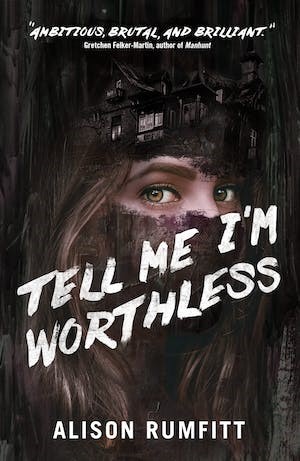 Tell Me I’m Worthlessby Alison Rumfitt
Tell Me I’m Worthlessby Alison Rumfitt
Joshua Martin, Multimedia Producer
I’d
thought the haunted house story was as dead as the ghosts themselves by this
point. Things go bump, ghost goes boo, we’ve seen it all before. But in an
impressive act of literary necromancy, Alison Rumfitt somehow managed to
breathe new life into an old staple of the horror genre.
“Tell
Me I’m Worthless” keeps the house but dispenses with the worn-out poltergeists.
It’s not ghosts doing the haunting, but fascism (and also sometimes Morrissey).
It’s a conceit that might run the risk of becoming didactic, but Rumfitt never
loses focus on telling a good story or runs out of interesting things to say.
It’s a terrifying, nauseating, and insightful look into the dark heart of
modern Britain, and it made me feel unclean.
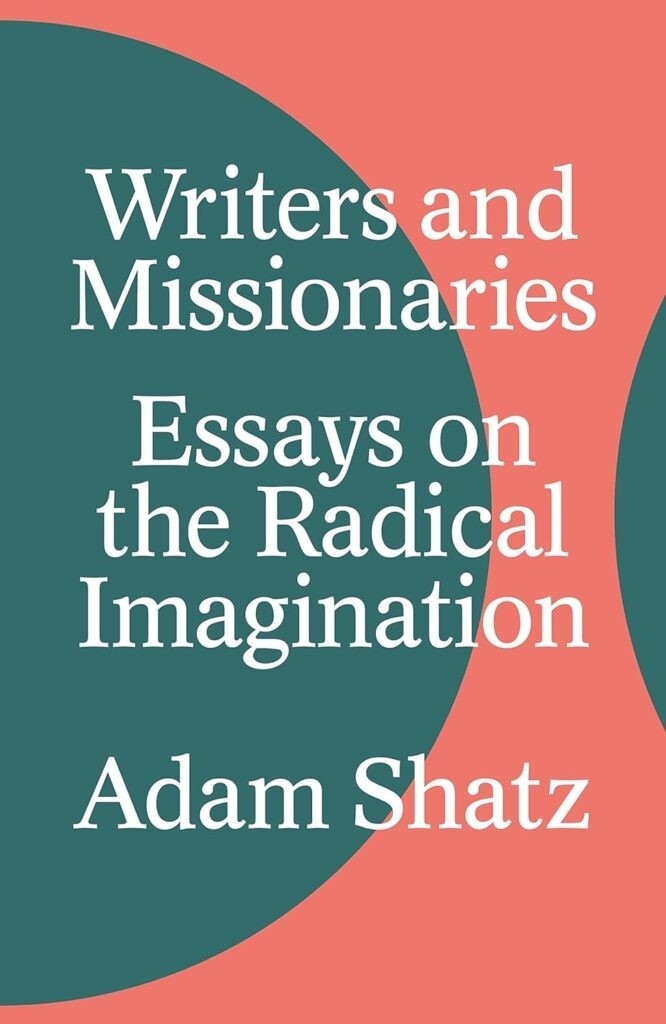 Writers and Missionariesby Adam Shatz
Writers and Missionariesby Adam Shatz
Danny Postel, Politics Editor
The
title of this book comes from something the Trinidadian writer V.S. Naipaul
once said to its author, Adam Shatz, during an interview: “You have to make a
choice — are you a writer, or are you a missionary?” The remark resonated with
Shatz, who later reflected: “Naipaul was evoking the tension between the
writer, who describes things as he or she sees them, and the missionary or the
advocate, who describes things as he or she wishes they might be under the
influence of a party, movement or cause.”
Over
time, Shatz came to see his early writings as the work of a missionary —
rereading them, he found “the tone jarring, the confidence unearned, the lack
of humility suspect” — and aspired to be a writer. As an admirer of Shatz’s
discerning, intensely absorbing essays for over two decades now, I was thrilled
to see some of his greatest hits assembled in book form here. Among the figures
he explores in this volume are the Palestinian-American scholar Edward Said,
the African-American novelist Richard Wright, the Algerian novelist Kamel
Daoud, the French filmmaker Claude Lanzmann (director of the Holocaust
documentary “Shoah”), the French novelist and controversialist Michel
Houellebecq, the French philosopher Jean-Paul Sartre and the Egyptian essayist
Arwa Salih. His examination of the metamorphosis of the Lebanese thinker Fouad
Ajami from Arab nationalist to neoconservative ideologue is worth the price of
admission alone. “His once-luminous writing,” Shatz comments, had devolved into
“a blend of Naipaulean clichés about Muslim pathologies and Churchillian
rhetoric about the burdens of empire.”
Like
Henry Kissinger, Shatz notes, Ajami possessed “a suave television demeanor, a
gravitas-lending accent, an instinctive solicitude for the imperatives of power
and a cool disdain for the weak.” The critique is stinging but the essay is far
from a hatchet job: Shatz probes the contours of Ajami’s intellectual and
political biography and provides a close, quite sympathetic reading of his
early work.
This
book is a master class in the international journalism of ideas. What makes
Shatz such a compelling critic is his refusal, as a former colleague of mine
once put it, to edit out the contradictions.
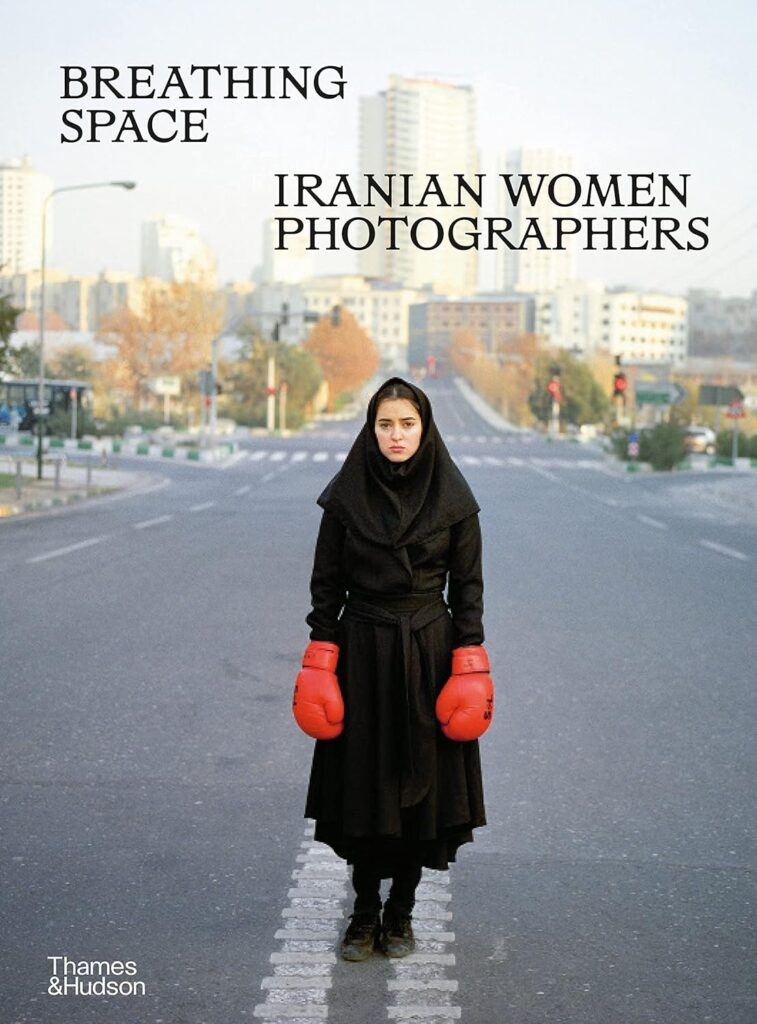 Breathing Space: Iranian Women
Photographers
Breathing Space: Iranian Women
Photographers
by Anahita Ghabaian Etehadieh
Amie Ferris-Rotman, Global News
Editor
More
than a year has passed since 22-year-old Mahsa Amini died in custody after
being arrested by Iran’s morality police for not wearing a headscarf. The
university student’s death set off the longest-lasting uprising in the Islamic
Republic’s history. Iranian women captured global headlines again when they
joined their Afghan counterparts in launching a campaign to make “gender
apartheid” a law against humanity. In October, the jailed journalist and
activist Narges Mohammadi was awarded the Nobel Peace Prize for fighting the
oppression of Iranian women.
In
“Breathing Space: Iranian Women Photographers,” we are given a visually
stunning perspective of this battle, as told by the country’s women from behind
their lenses. The work spans the life of the regime itself, which is now 44
years old — double Amini’s age at death and considerably older than most of the
protesters in this increasingly youth-populated country. Compiled by the
founder of a photography gallery in Tehran, Anahita Ghabaian Etehadieh, the
collection is at times intimate, poetic, and historical. It is always feminist.
The book is also a chilling reminder that their courageous fight is one front,
one extension, of the battle for the rights of women worldwide.
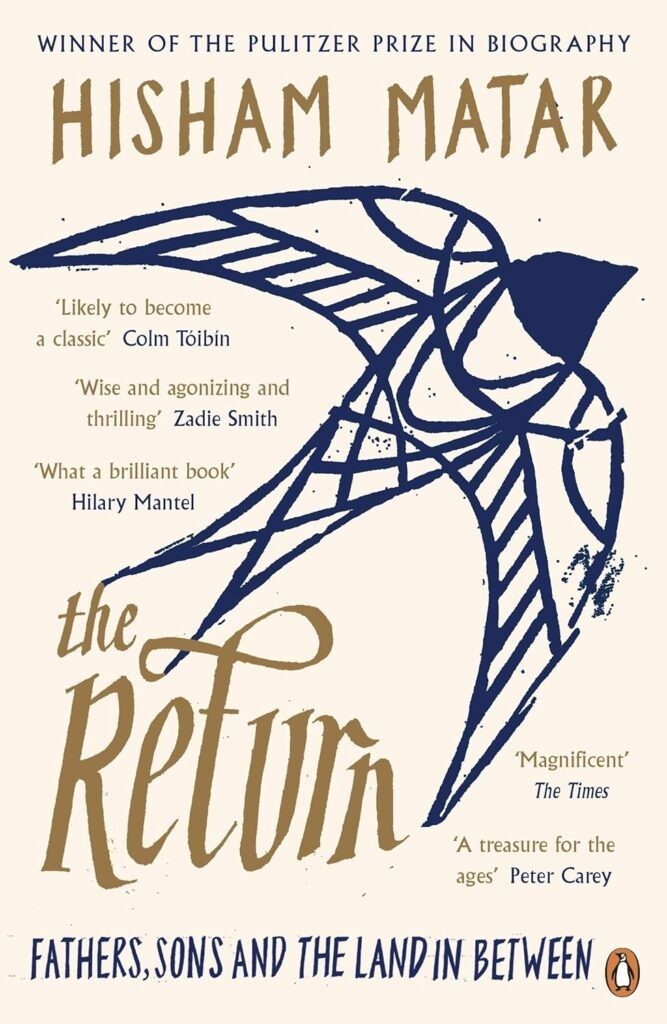 The Return: Fathers, Sons, and the
Land in Between
The Return: Fathers, Sons, and the
Land in Between
by Hisham Matar
Alex Rowell, Online Editor
So
unanimous and extravagant was the acclaim for this book — winner of the 2017
Pulitzer Prize, hailed by everyone from Hilary Mantel to Barack Obama — that I
confidently expected to dislike it when I began reading it this summer. Hours
later, I had missed lunch without noticing, and not even the yells of my
2-year-old son could pull me from its pages, of which I had by then read almost
100 without interruption.
In
astonishingly poised, composed prose, the Booker-nominated Libyan novelist
Hisham Matar tells the true story of his father, Jaballa — a onetime diplomat
for the Moammar Gadhafi regime, who defected to the underground opposition in
the 1970s, and was later abducted in his Cairo home in 1990 by Egyptian secret
police and handed over to Gadhafi as a personal favor from President Hosni
Mubarak, never to be seen by his family again. When Libya’s dictatorship fell
in 2011, Hisham returned to his homeland for the first time in decades, in
search of clues about his father’s fate. That he (spoiler alert) never does
arrive at a definitive conclusion is both disturbing and evocative of a much
wider story in the modern Arab world, where, from Benghazi to Beirut to Baghdad,
the powerful have snatched away so many of their societies’ best and brightest,
not only with total impunity but also a cruel secrecy that denies victims’
loved ones a most basic of courtesies: the knowledge of how their lives ended.
This is a magnificent book, which more than deserves every word of the praise
it has earned.
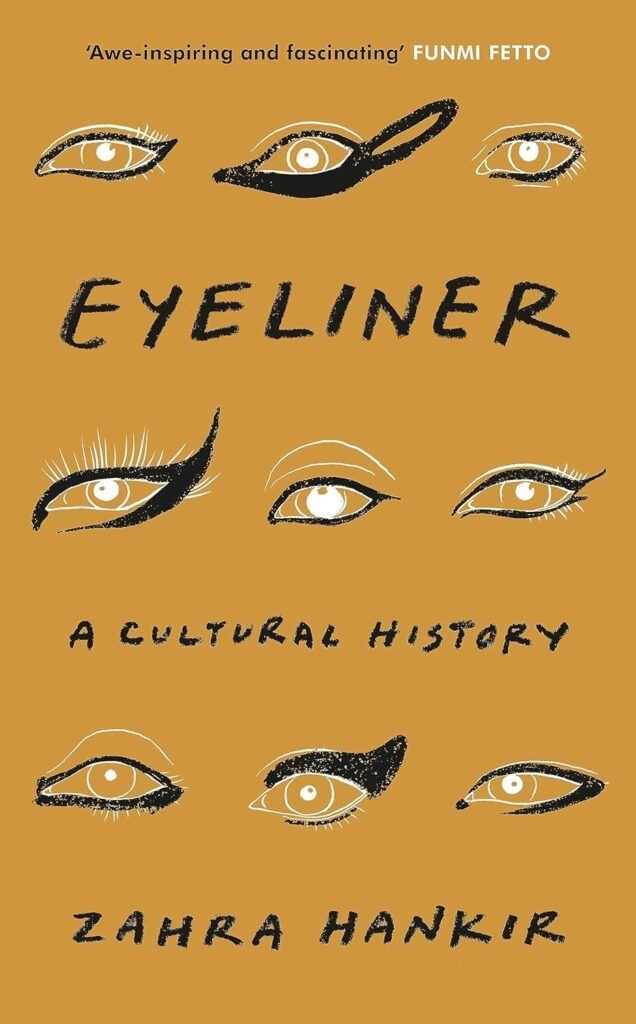 Eyeliner: A Cultural History
Eyeliner: A Cultural History
by Zahra Hankir
Ola Salem, Managing Editor
Renowned
British-Lebanese writer Zahra Hankir gifted us all another gripping book this
year, this time on the cultural history of eyeliner. As an Egyptian who has
worn eyeliner almost every day for the past two decades, I was left with an
even greater fondness for the makeup tool. Not only did I discover that my
go-to Rimmel eyeliner during college days was the same used by the late singer
Amy Winehouse, but the amount of discoveries the pages drip with meant this was
one of those light and fascinating reads that flowed so smoothly, much like how
every eyeliner wing should.
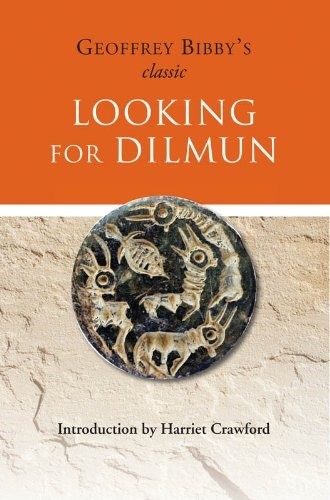 Looking for Dilmunby Geoffrey Bibby
Looking for Dilmunby Geoffrey Bibby
Lydia Wilson, Culture Editor
One
of the joys of used bookstores is that you find books you would never have
known about through any other route. I stumbled on “Looking for Dilmun” during
Britain’s largest antiquarian book fair, which just happens to be held in my
hometown of York. It was displayed on the stand of a 20th-century Middle East
specialist book dealer and stood out among the tales of oil politics and war.
Published in 1970, it tells of the archaeological explorations of author
Geoffrey Bibby and his team in the 1950s and ‘60s, beginning in Bahrain. With
excavation after excavation of completely unknown sites came inevitable — if
relatively speaking — expertise, which other countries in the Gulf began to
call on. Over the next 12 years, Bibby dug a bewildering amount of sites,
piecing together thousands of years of Gulf history.
The
book describes the process of archaeological discovery and interpretation, and
this emerging history of the region, as well as observing the rapid development
after the discoveries of oil and gas. (Their first visit to Abu Dhabi involved
torches being planted in the ground to guide the planes’ landing … on bare
sand. One tricky moment in Bahrain meant holing up in their camp, hoping that
revolutionaries didn’t come their way.) Told in narrative resembling fiction,
with many wonderful characters along the way, including rulers who have become
very familiar with politics, all three aspects — deep history, modern
development, and the delights and frustrations of archaeology — are gripping.
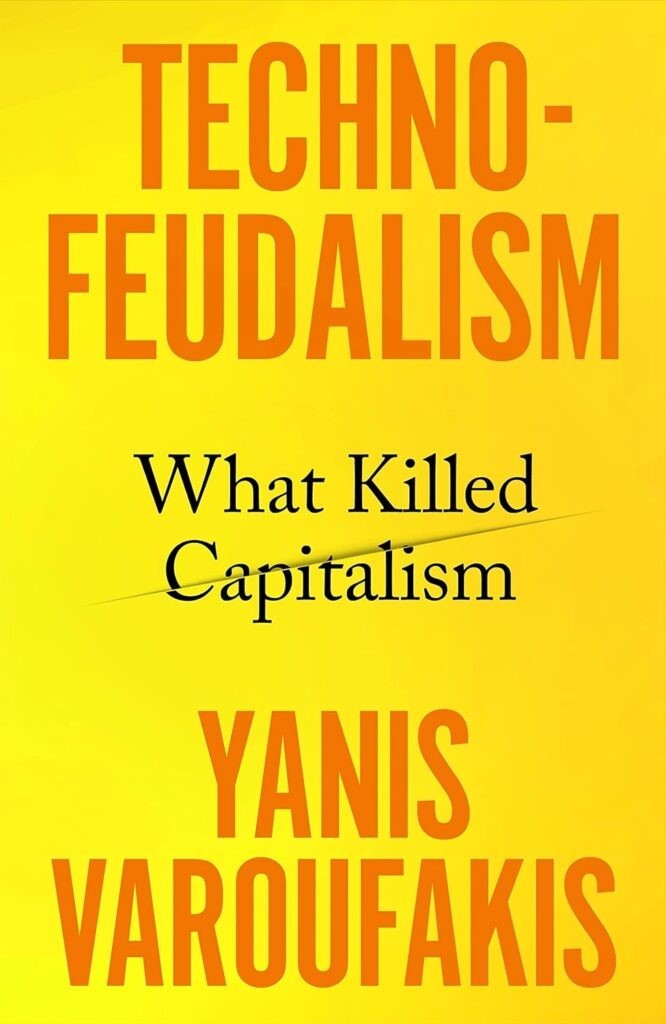 Technofeudalism: What Killed
Capitalism?
Technofeudalism: What Killed
Capitalism?
by Yanis Varoufakis
Faisal Al Yafai, Executive Editor
Yanis
Varoufakis, former Greek finance minister turned political critic, is always
worth reading, because he sits at the outer edge of daily left-wing politics:
close enough to know the players and occasionally sit at the table, far enough
away not to be sullied by the grubby compromises of power.
His
worldview occupies a particular space at the intersection of big politics
(nation-states, the European Union) and the big companies that interact with
them. In “Technofeudalism,” he directs his anger not at the markets or global
finance — as he has in the past — but at big tech, which has, in his telling,
replaced capitalism. It’s an interesting critique, worth reading because it
signals what a center-left in power — the Democrats in the US, Labour in the
U.K. — might do about big tech’s awesome power.
Kareem Shaheen is Middle East and Newsletters Editor at New Lines magazine.
This article originally appeared in
News Lines magazine.
Disclaimer:
Views expressed by writers in this section are their own and do not necessarily reflect Jordan News' point of view.
Read more Opinion and Analysis
Jordan News

















